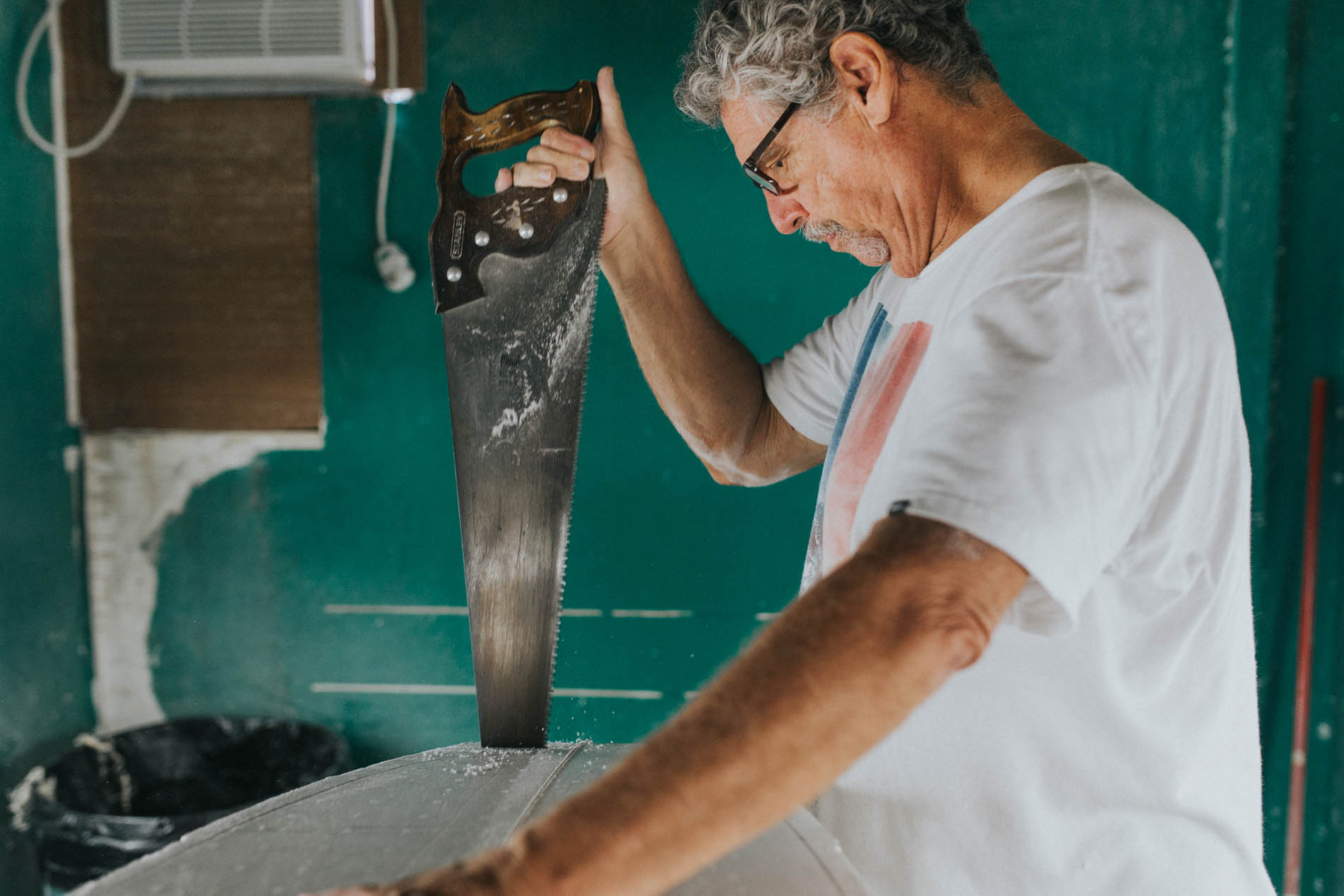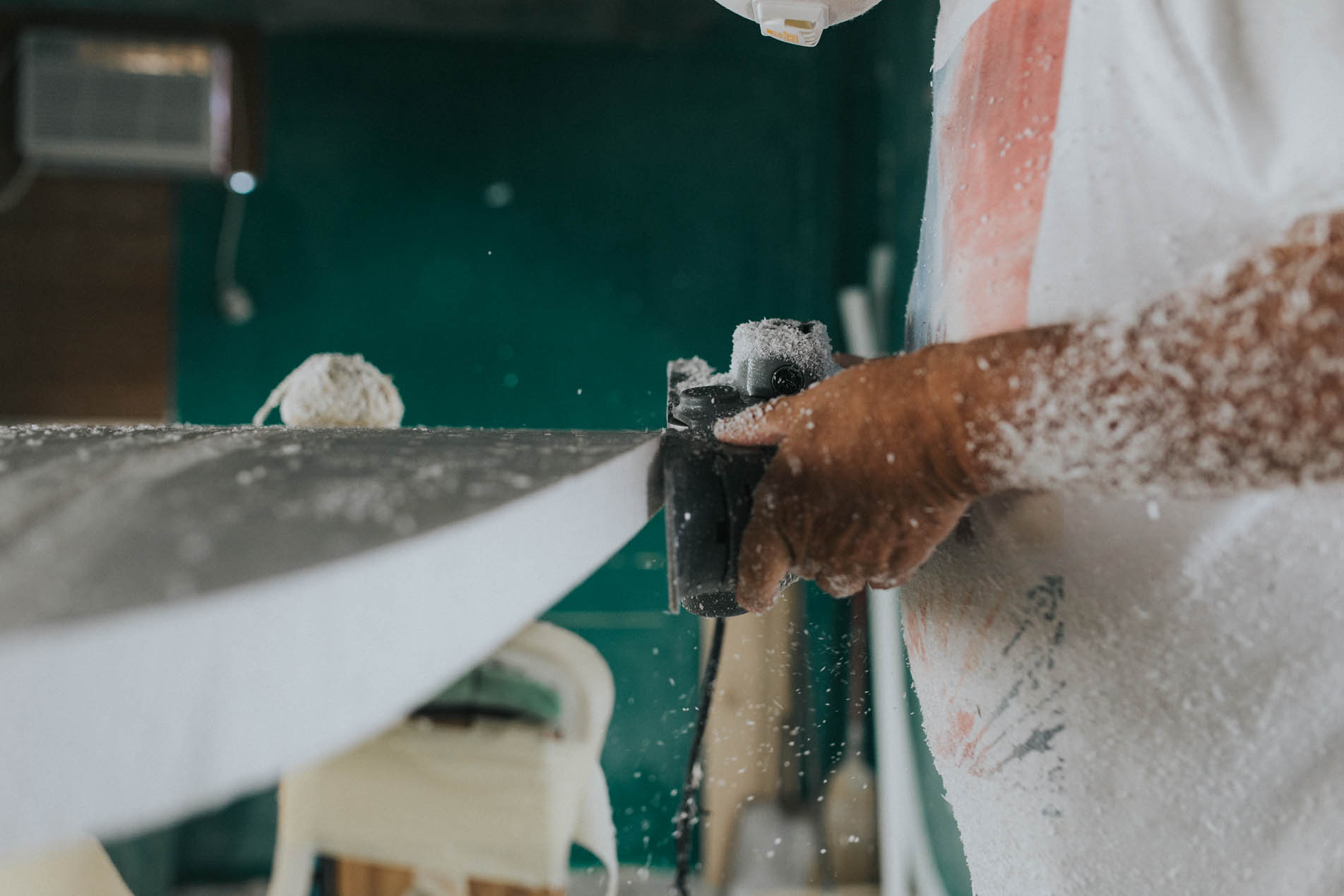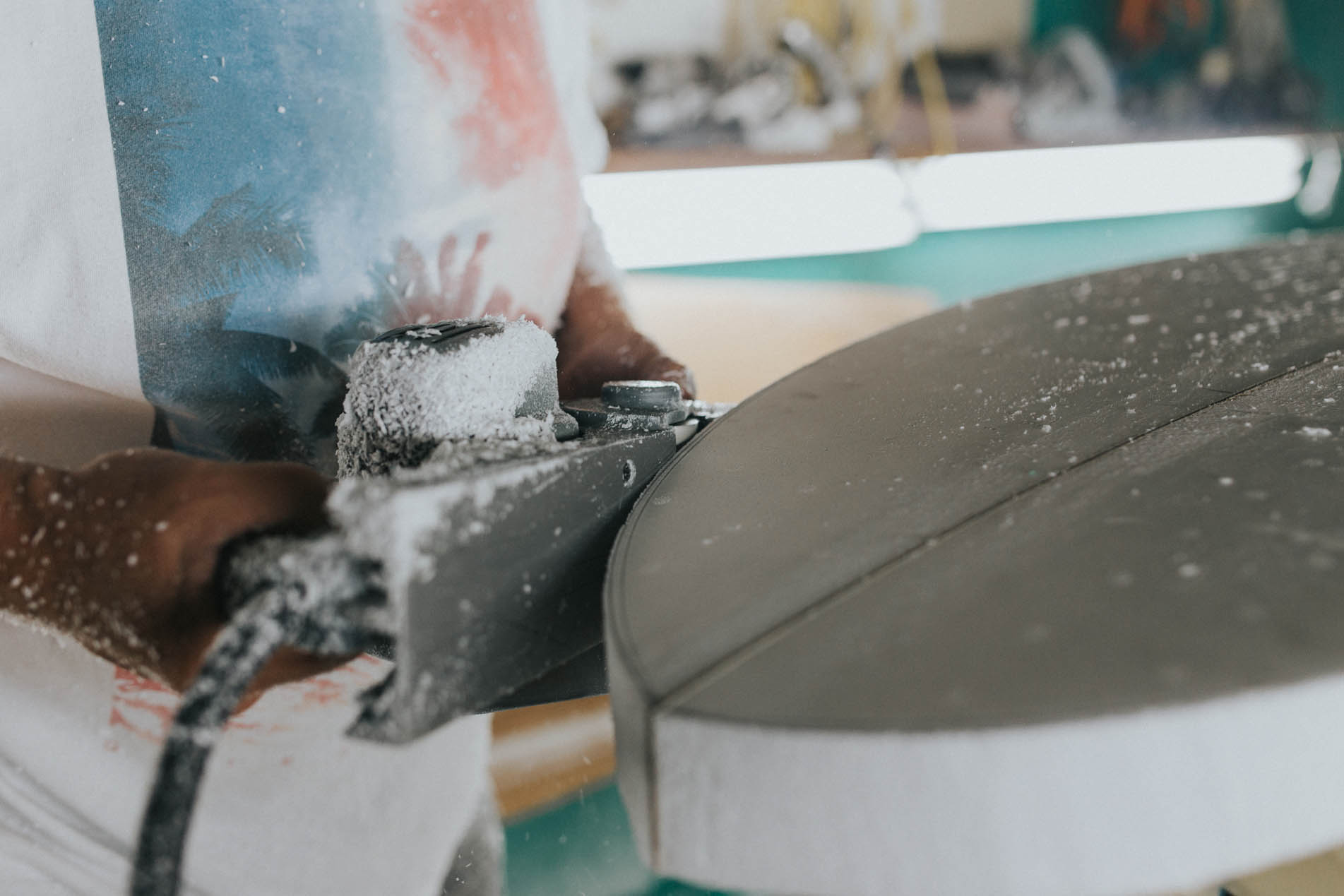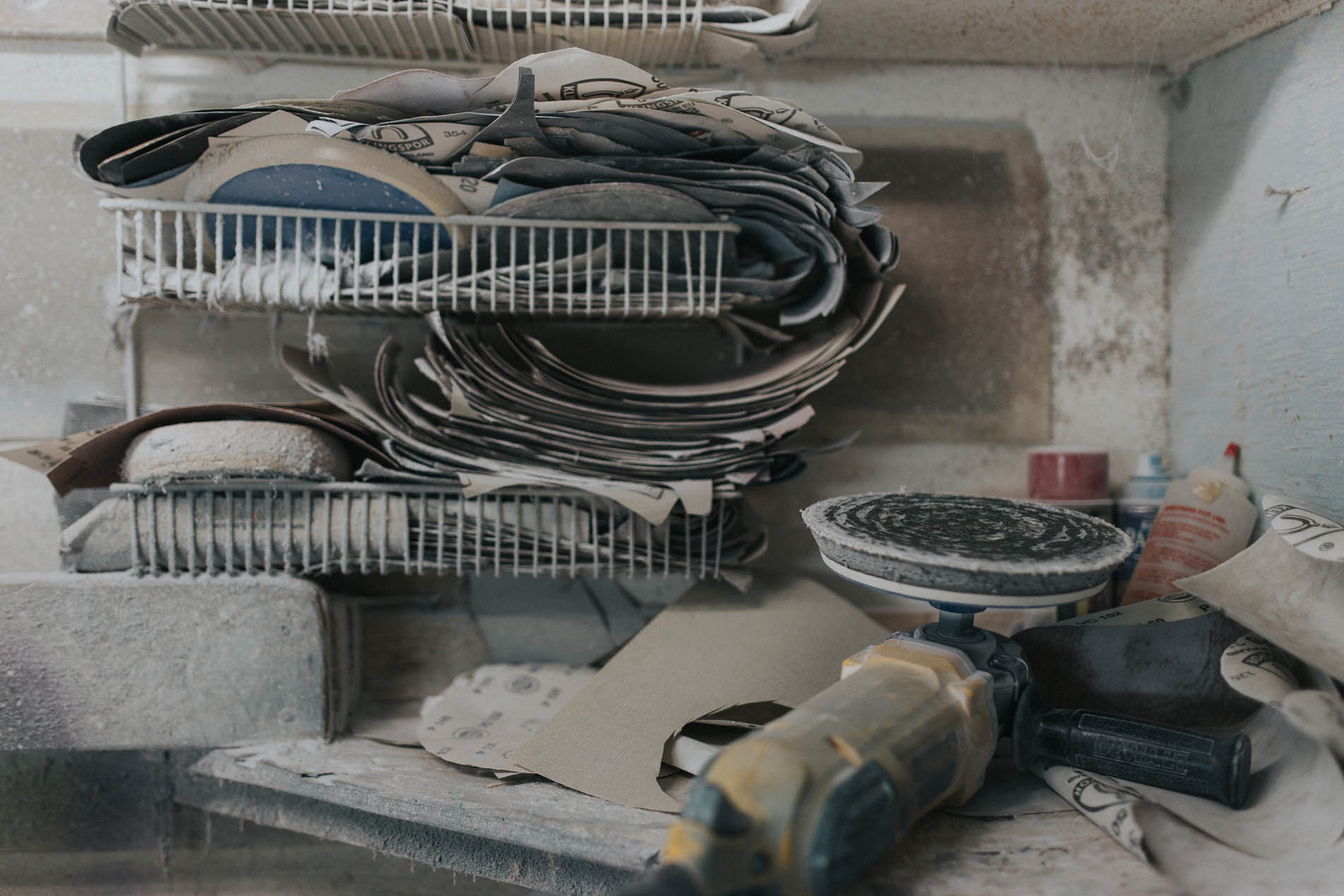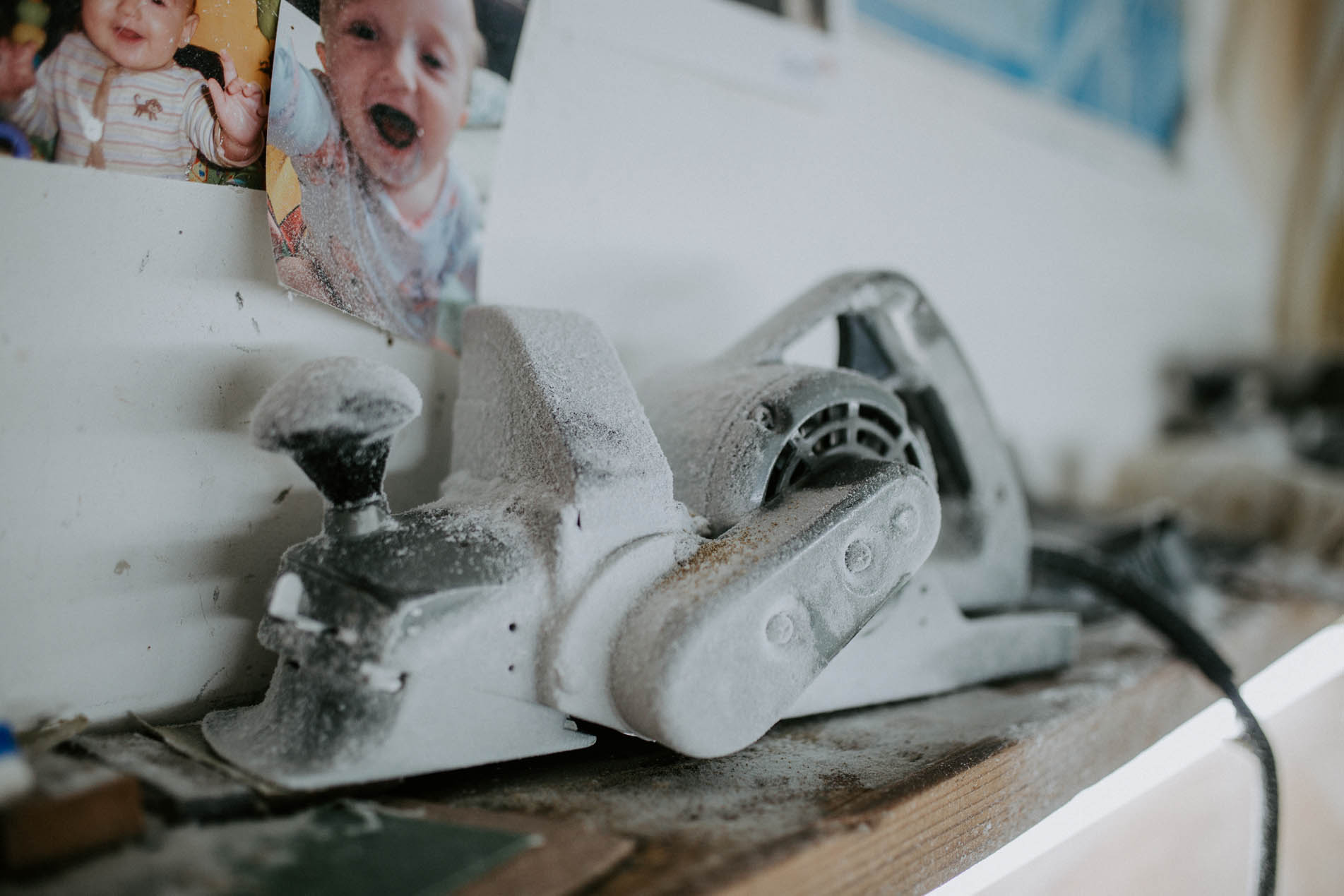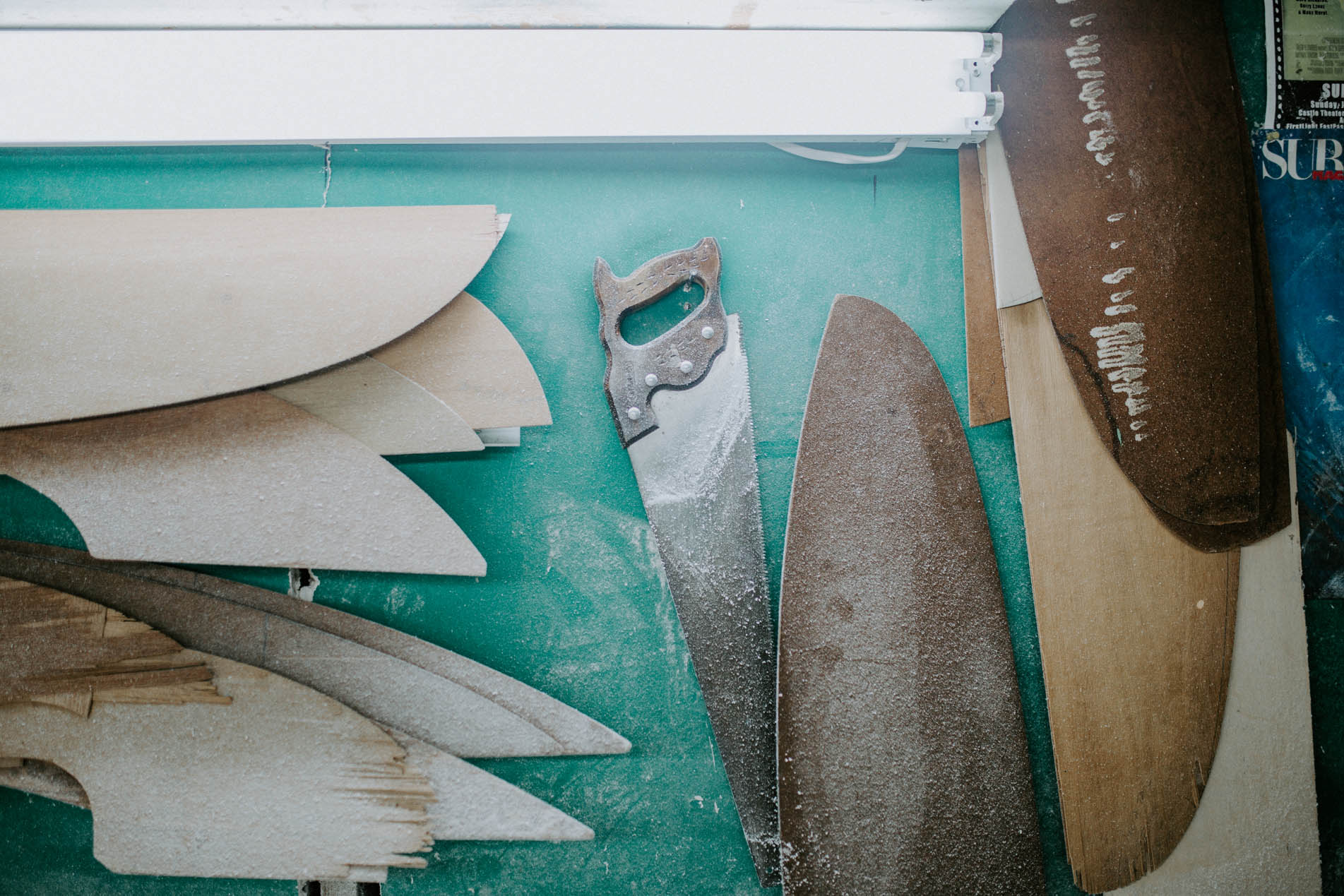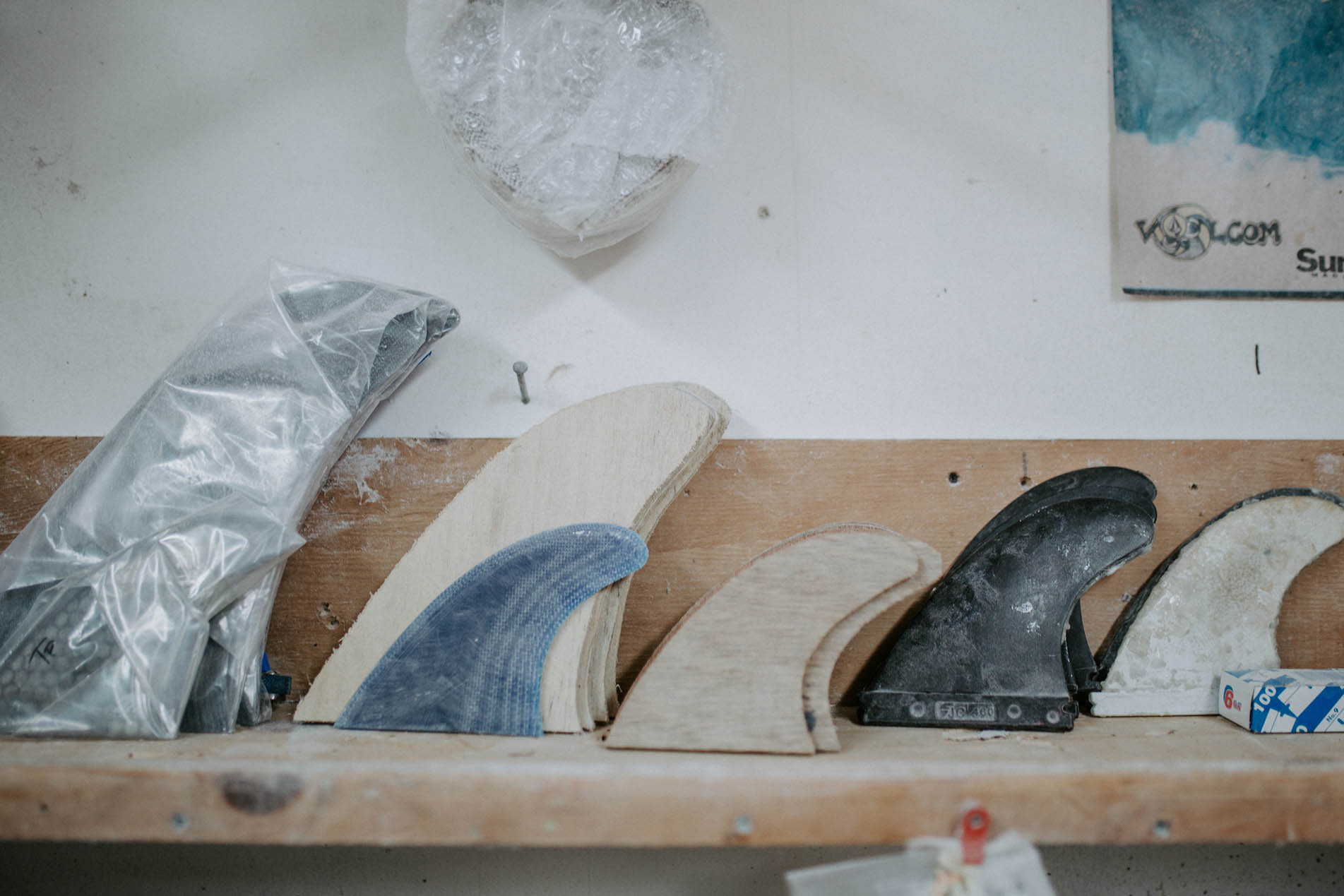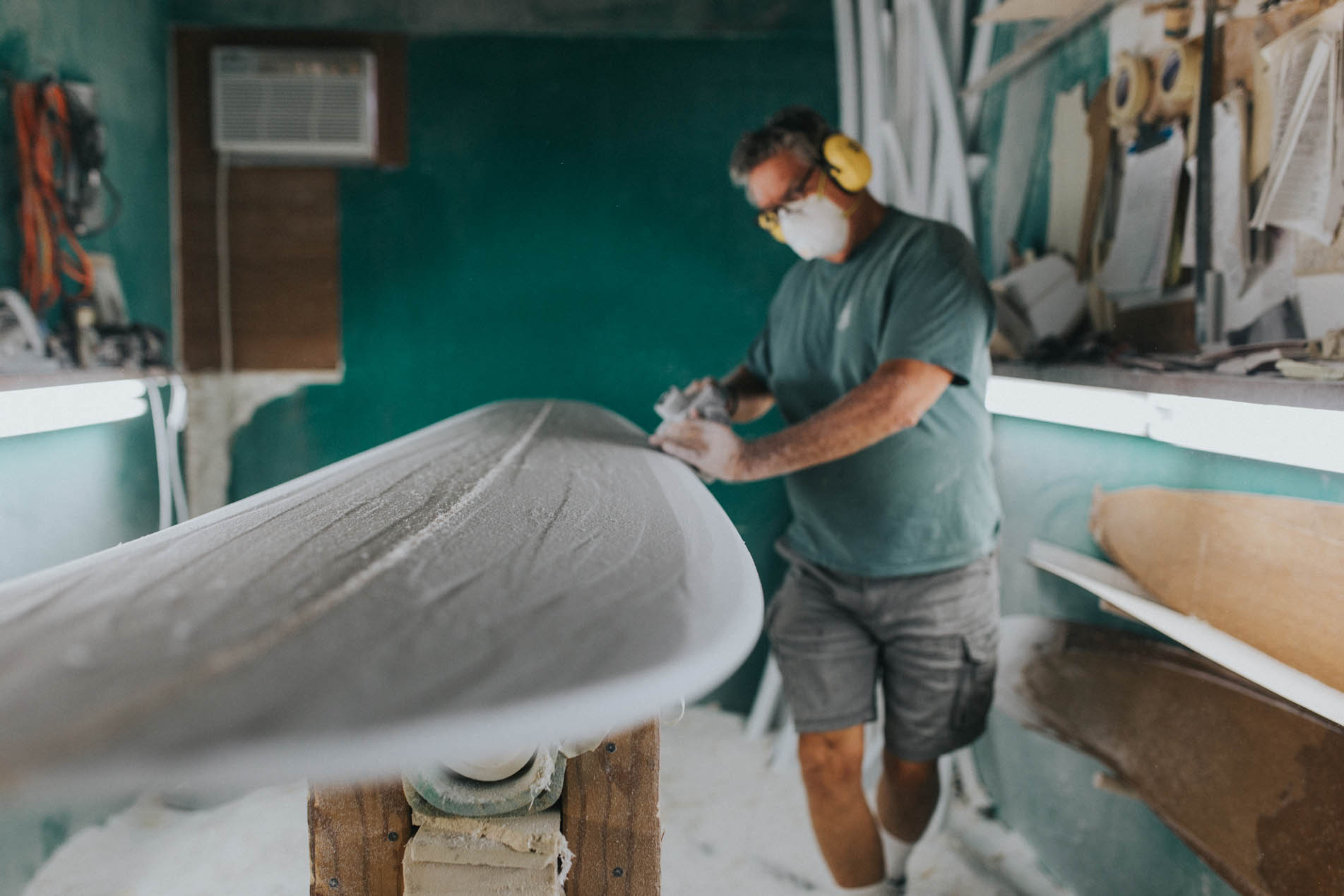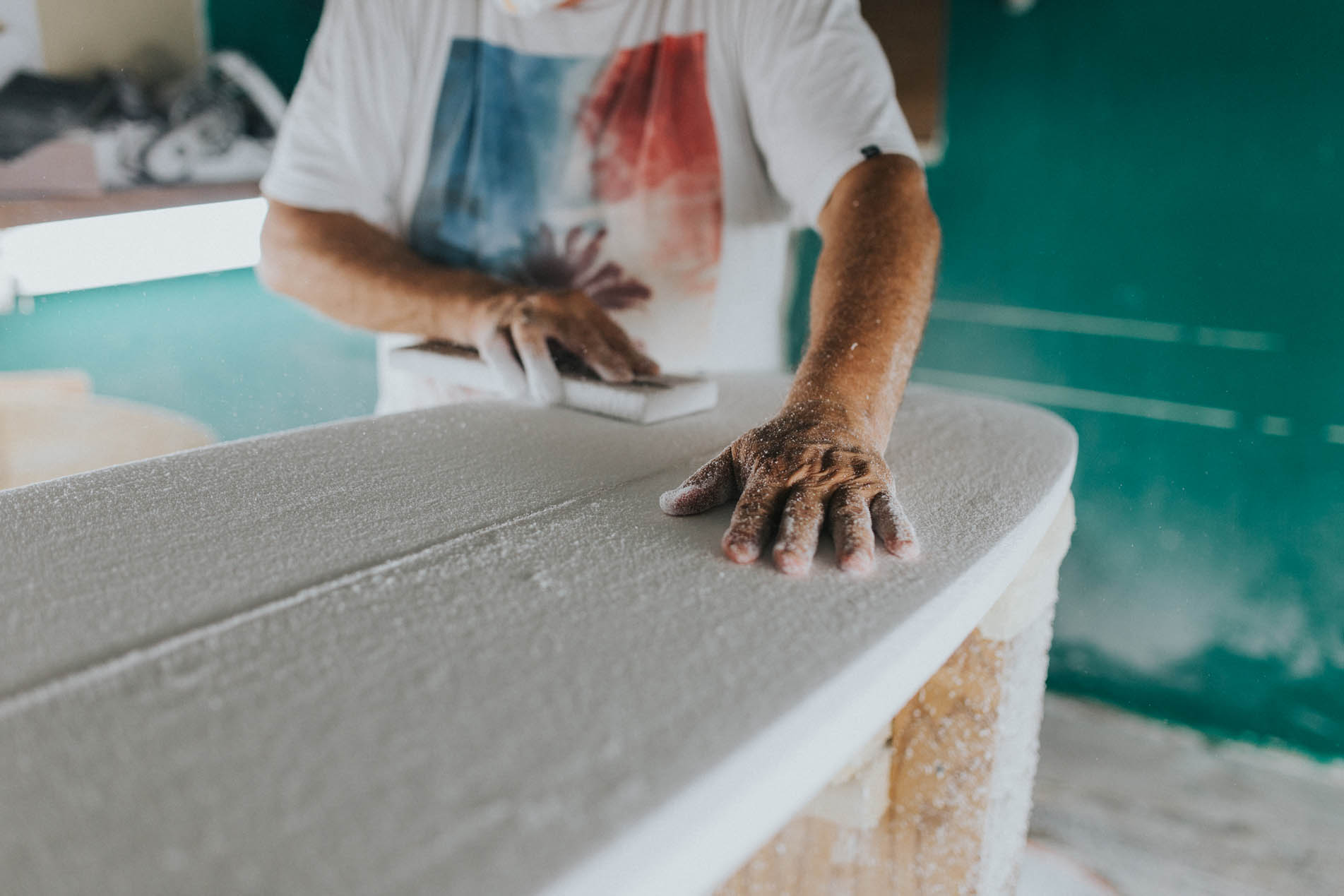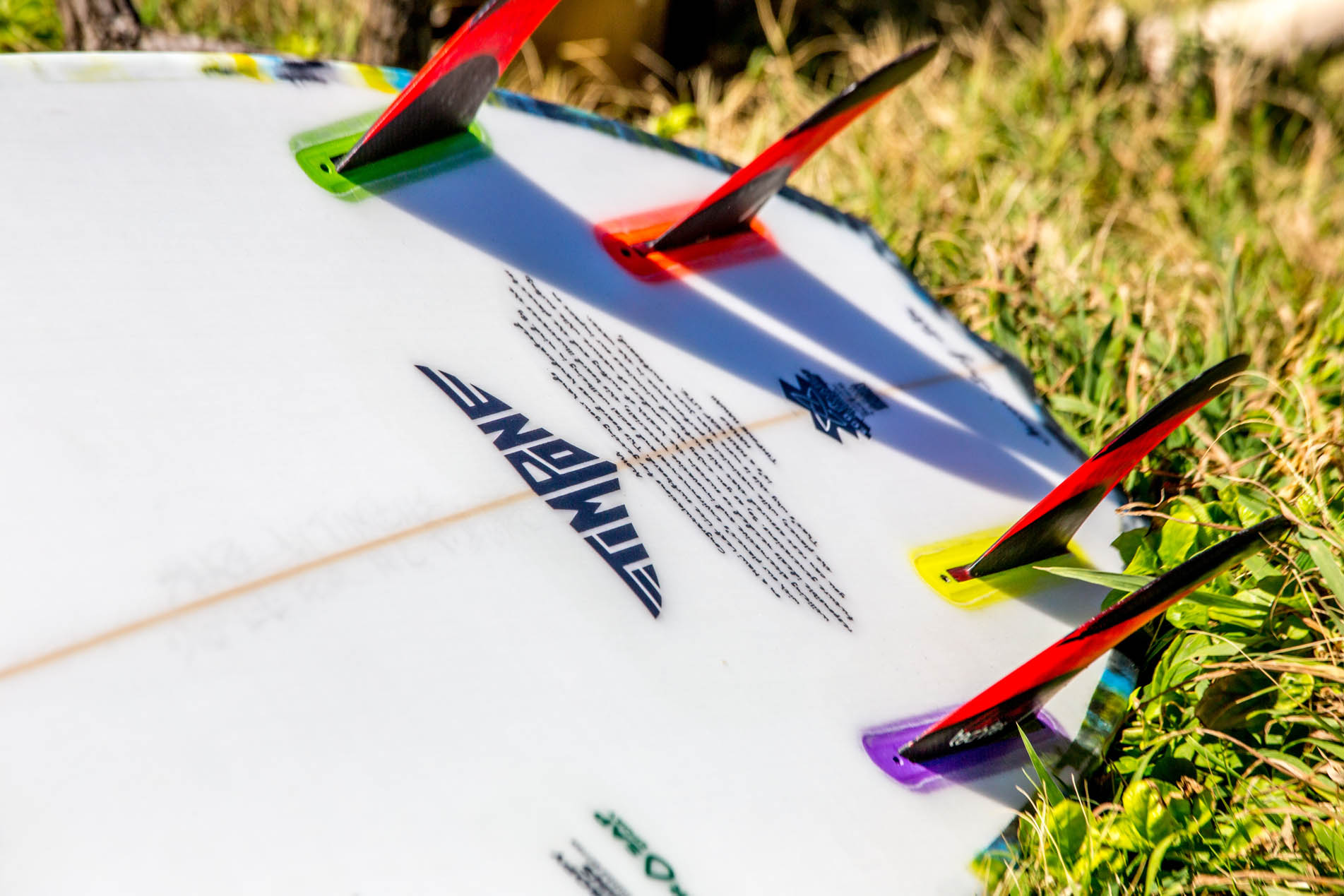About us
Timpone Hawaii specializes in hand-built custom surfboards and watercrafts. Board builder Jeff Timpone founded Timpone Surfboards in Huntington, California, in 1980. Before starting his own company, Jeff spent ten years shaping under the tutelage of shapers at Russell Surfboards and Brotherhood Glass.
After moving to Hawaii in 1989, Jeff opened Timpone Hawaii Surfboards. Located in the heart of Haiku, on Maui’s North Shore, the Timpone shop sits in the east wing of a historic pineapple cannery. Jeff’s approach to shaping focuses on customers’ desires, goals, and needs. Jeff provides one-on-one customer service and harnesses 5 decades of experience to build fully customized surfboards of the highest quality.
Efforts to maintain traditional board building are coupled with 21st-century environmental awareness by offering a range of building methods and materials. Along with traditional materials, Jeff works with new materials that are born of modern, sustainability-driven innovations. Such sustainable materials are eco-friendly as well as light and durable. Whatever your ability and whatever your vision, Timpone Hawaii is eager to help you realize your dream.


